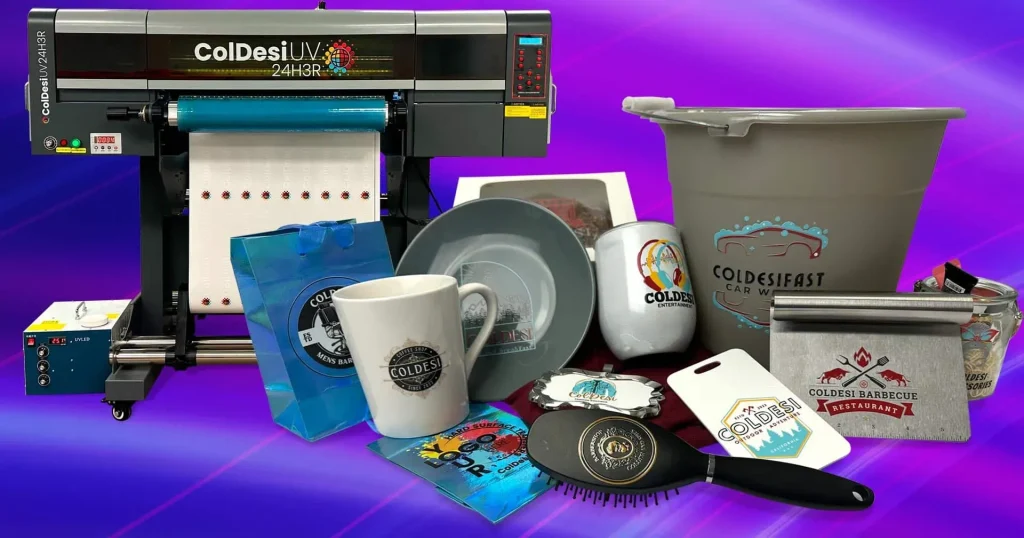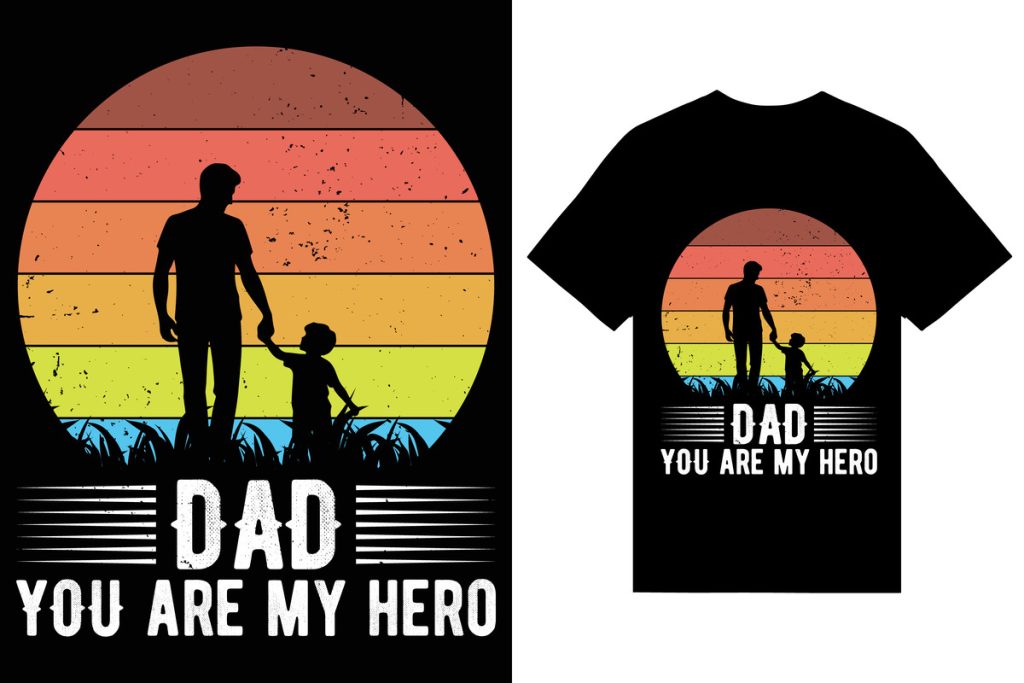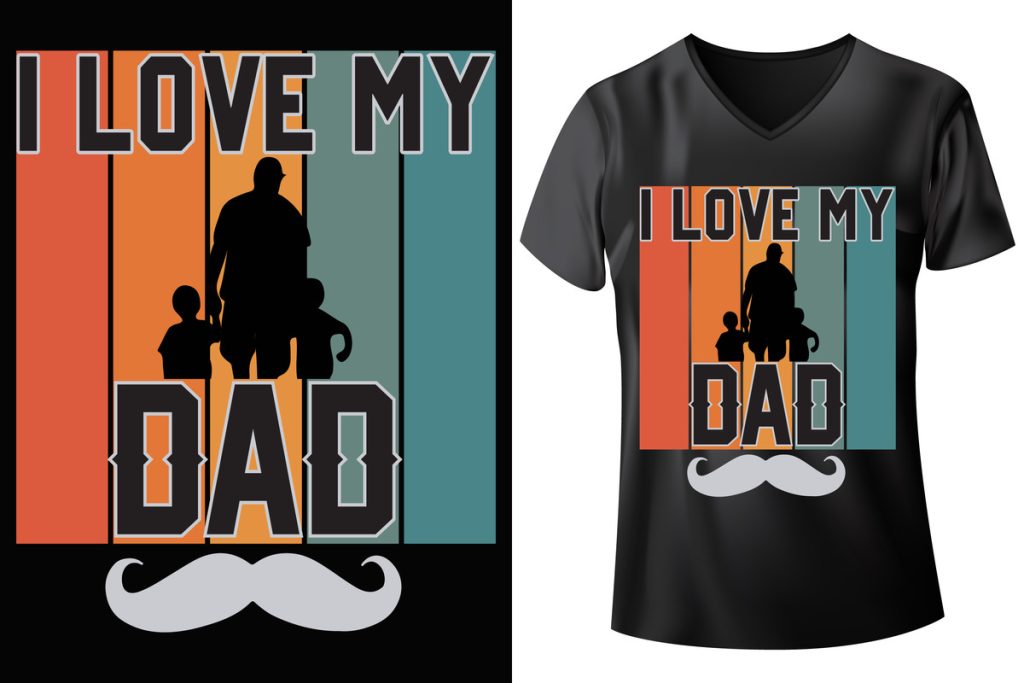UV DTF printing, or Ultra Violet Direct to Film printing, is revolutionizing the landscape of modern printing technologies. This innovative method utilizes UV printing technology to adhere durable inks directly onto transfer films, allowing for vibrant, long-lasting prints that can withstand diverse environmental challenges. With its impressive print durability, UV DTF printing ensures that colors remain vivid and materials retain their integrity over time, even in demanding conditions. Moreover, the use of UV inks enhances the overall quality of the finished product, making it an attractive option for businesses seeking to enhance their marketing and branding efforts. As a result, the demand for sustainable printing solutions continues to rise, positioning UV DTF printing as a key player in the industry’s evolution.
The field of direct-to-film printing has seen significant growth in recent years, particularly with advancements in UV printing technology. This technique, often referred to as film printing or UV transfer printing, leverages the strengths of UV inks to produce exceptional print durability across a variety of substrates. By creating prints that resist fading and damage, this method supports a more sustainable approach to printing, appealing to eco-conscious businesses seeking effective marketing solutions. With its versatility and resilience, UV transfer printing is setting new standards in visual communications, making it an integral part of modern production strategies.
The Science Behind UV DTF Printing
At its core, UV DTF (Direct to Film) printing combines the methodologies of traditional inkjet printing with the advancements in UV printing technology. This process utilizes UV-cured inks that are printed onto a transfer film, which are then transferred onto various substrates. The inks are cured instantly upon exposure to UV light, creating a durable, scratch-resistant surface. This quick curing process not only allows for a more efficient production cycle but also enhances the print’s structural integrity, making it ideal for a wide range of applications.
Moreover, the integration of UV printing technology within the DTF framework enables printers to achieve a vibrant and expansive color gamut. This is imperative for businesses that rely on highly aesthetic prints to engage customers. The fidelity of colors produced with UV inks is notably superior, which ensures that even intricate designs and gradients are rendered with precision and accuracy.
Advantages of UV DTF Printing Over Traditional Methods
The advantages of UV DTF printing distinguish it from more traditional printing methods like dye sublimation or solvent-based printing. One of the most significant benefits is the enhanced durability of prints. Unlike traditional inks that are prone to fading or scratching, UV-cured inks maintain vibrant colors and resist degradation due to UV exposure or physical wear. This durability translates to longer-lasting products, which is crucial for businesses seeking to create reliable merchandise or promotional materials.
In addition to its durability, UV DTF printing is incredibly versatile, capable of adhering to various surfaces, including textile, wood, and even metal. This multi-material application widens the scope of design possibilities, enabling brands to customize products in innovative ways. As a result, businesses can diversify their offerings and meet the growing demand for unique, high-quality printed items.
The Role of UV Inks in Enhancing Print Quality
UV inks play a pivotal role in the quality of prints produced through UV DTF printing. Unlike water-based or solvent-based inks, UV inks are formulated to cure upon exposure to UV light, creating a solid, glossy finish that enhances the vibrancy of colors. This instant curing process prevents ink from spreading, ensuring sharp details and crisp lines in the final product. Consequently, customers demand prints that not only look great but also withstand the rigors of handling and exposure.
Furthermore, the formulation of UV inks allows for versatility in texture and finish. With the ability to create matte, glossy, or even textured surfaces, businesses can tailor their product finish to appeal to specific market segments. This element of customization is a key selling point for brands looking to stand out in competitive industries, showcasing just how vital UV inks are in achieving print excellence.
Sustainability in UV DTF Printing
As environmental concerns escalate, the printing industry is seeking sustainable solutions to reduce its ecological footprint. UV DTF printing proves to be an eco-friendlier alternative compared to traditional methods, primarily due to its lower emissions of volatile organic compounds (VOCs). This reduction in harmful emissions not only aligns with regulations but also appeals to customers who prioritize sustainability.
Moreover, the efficiency of UV DTF printing contributes to waste reduction. The on-demand printing capabilities minimize excess material usage, allowing for more purposeful and responsible production runs. As industries shift towards greener practices, UV DTF technology stands out as a viable option for businesses aiming to incorporate sustainable printing solutions while maintaining high-quality output.
Current Trends in UV DTF Printing Technology
The UV DTF printing technology landscape is rapidly evolving, with several current trends focused on improving efficiency and print quality. Recent innovations have introduced hybrid inks that combine the benefits of UV and traditional inks, allowing for more cost-effective printing without compromising color vibrancy or durability. Additionally, advancements in transfer film technology have paved the way for smoother applications onto various surfaces, enhancing the overall user experience during the printing process.
Research into longer-lasting coatings is also gaining momentum, promising prints that are not only visually striking but also exceptionally resilient against environmental factors. Furthermore, with the rise of e-commerce, businesses are looking for ways to streamline printing processes, and UV DTF printing seems poised to meet the growing demand for quick turnarounds without sacrificing quality.
Challenges Facing UV DTF Printing Adoption
Despite its many advantages, UV DTF printing faces challenges that can hinder its widespread adoption. One significant issue is the initial cost of equipment and materials, which can be prohibitive for small businesses. High-quality UV printing machines and specialized transfer films represent a considerable investment that requires careful cost-benefit analysis before transitioning from more traditional methods.
Another challenge is achieving proper ink adhesion on various substrates. While UV DTF printing is versatile, not all materials guarantee optimal adhesion, which can impact print quality and durability. Ongoing research is crucial to refine ink formulations and develop techniques to enhance adhesion across a broader spectrum of surfaces, ensuring that the benefits of UV DTF printing can be fully realized by all sectors.
Frequently Asked Questions
What is UV DTF printing and how does it work?
UV DTF printing, or UV Direct to Film printing, integrates UV printing technology with direct-to-film methods to create vibrant and durable prints. This process involves printing UV-cured inks onto a specialized transfer film, which can be applied to various substrates, including textiles and metals, resulting in high-quality, long-lasting images.
What are the advantages of UV DTF printing over traditional printing methods?
UV DTF printing offers several advantages, including superior print durability due to UV-cured inks that resist fading, scratching, and moisture. The printing technology also allows for vibrant color reproduction and versatility in applying prints to a vast range of materials, making it ideal for customized products.
How does UV DTF printing contribute to sustainable printing practices?
UV DTF printing supports sustainable printing by utilizing UV inks that emit lower levels of volatile organic compounds (VOCs) compared to traditional inks. This environmentally friendly aspect makes UV DTF an ideal choice for businesses seeking to reduce their ecological footprint while still achieving high-quality prints.
What challenges are associated with UV DTF printing?
Challenges in UV DTF printing include achieving consistent ink adhesion on various substrates and the high initial costs of equipment and materials. Businesses must carefully assess these factors against the benefits of print durability and quality to make informed investment decisions.
How does the durability of UV DTF prints compare to other printing methods?
UV DTF prints are known for their remarkable durability, outperforming many traditional printing methods. Research shows that UV-cured prints maintain their color fidelity and structural integrity over time, even under exposure to UV radiation and abrasion, making them suitable for long-lasting applications.
What recent developments are influencing the UV DTF printing market?
Recent developments in UV DTF printing include advancements in ink formulations that enhance adhesion and longevity, as well as growing market demand for sustainable and high-quality prints across various sectors. Studies and market research indicate that the technology’s popularity is set to expand significantly in the coming years.
| Key Point | Details |
|---|---|
| What is UV DTF Printing? | A modern printing technique combining UV printing with direct-to-film processes, allowing for high-quality prints on various substrates. |
| Key Advantages | 1. Durability: UV-cured inks resist fading, scratching, and moisture. 2. Vibrant Colors: Wide color gamut for vivid prints. 3. Versatility: Works on diverse materials like plastic, wood, and fabric. |
| Recent Developments | 1. Longevity Studies: UV prints maintain integrity over time. 2. Ecological Considerations: Lower VOC emissions support sustainability. 3. Market Growth: Increasing demand across sectors drives innovation. |
| Challenges | 1. Ink Adhesion: Proper bonding with substrates can be challenging. 2. Costs: High initial investment may limit company adoption. |
Summary
UV DTF printing stands out as a revolutionary technique in the printing world, significantly enhancing print durability. By utilizing UV-cured inks on transfer films, this method produces high-quality prints that resist fading and scratching, ensuring longevity even in challenging environments. With its diverse applications across materials and a growing focus on sustainability, UV DTF printing is poised for widespread adoption and continual development. Businesses seeking robust and eco-friendly printing solutions would greatly benefit from integrating UV DTF technology into their operations.



